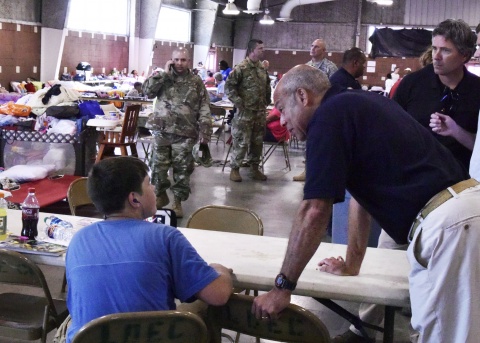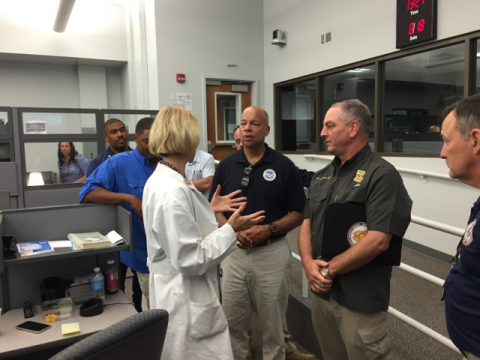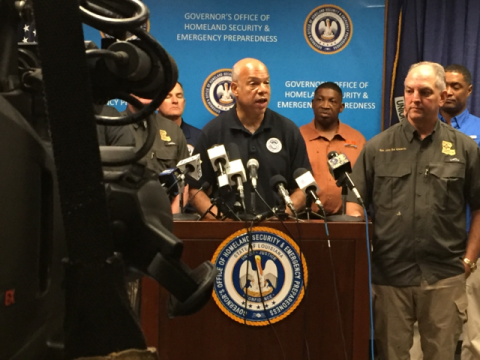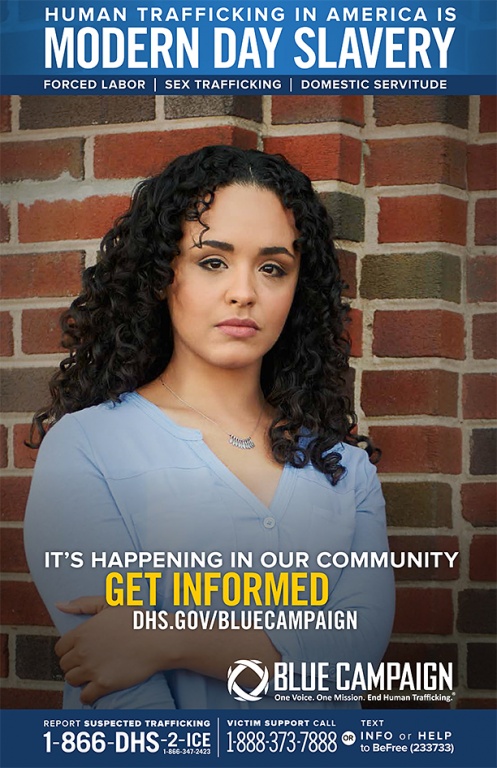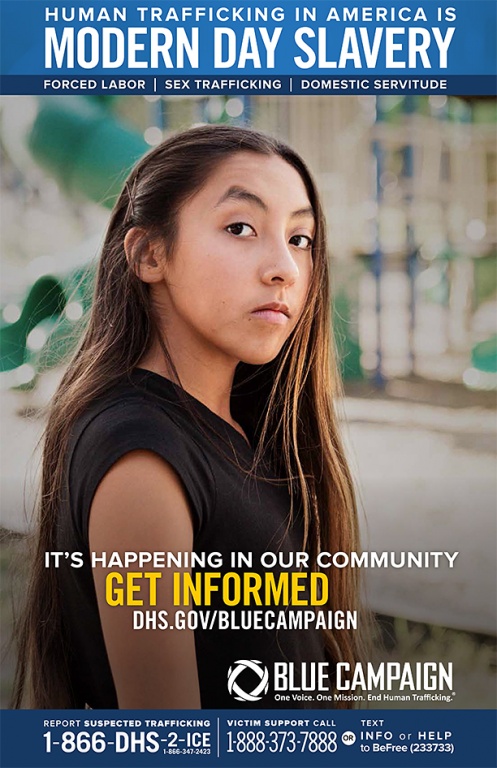Originally posted on the White House Blog.
Today marks an important step in attracting the world’s best and brightest entrepreneurs to start the next generation of great companies and create jobs here in the United States. The Department of Homeland Security (DHS) is publishing a proposed International Entrepreneur Rule, which describes new ways in which DHS will facilitate the ability of certain promising startup founders to begin growing their companies within the United States, contingent on factors such as significant financing from U.S. investors.
Immigrant entrepreneurs have always made exceptional contributions to America’s economy, in communities all across the country. Immigrants have helped start as many as one of every four small businesses and high-tech startups across America, and the majority of high-tech startups in Silicon Valley. Studies suggest that more than 40 percent of Fortune 500 companies were founded by immigrants or the children of immigrants.
Dr. Karen Lozano is one of these immigrants. She came to the United States to pursue graduate work in mechanical engineering and materials science, and was the first Mexican native to graduate with a PhD in engineering from Rice University. Dr. Lozano went on to join the faculty of the University of Texas-Pan American (now the University of Texas Rio Grande Valley) and to co-invent a process for spinning nanofibers exponentially faster than other technologies on the market. The company she co-founded to commercialize this technology, FibeRio, generated sales on five continents and 40 advanced manufacturing jobs close to home.
We need more ways to ensure that people like Dr. Lozano are creating jobs and growing the economy here in the United States. That is why creating a “startup visa” for international entrepreneurs has always been a part of the President’s commonsense immigration reform principles, and was part of the bipartisan immigration bill that passed the Senate in 2013. And while there is no substitute for legislation, the Administration is taking the steps it can within existing legal authorities to fix as much of our broken immigration system as possible. The administrative reforms announced by the President in November 2014, if fully implemented, could boost the nation’s economic output by up to $250 billion, while shrinking the federal deficit by $65 billion over the next ten years.
Today’s proposed International Entrepreneur Rule is one of these reforms. DHS is proposing clear criteria to identify on a case-by-case basis entrepreneurs who would provide significant public benefit to the United States, based on factors including the entrepreneur’s ownership stake and leadership role; the growth potential of the startup; competitive research grants from federal, state, and local government agencies; and investment by qualified American investors. The proposed rule would allow such entrepreneurs to remain in the United States for an initial period of up to two years, followed by one additional period of up to three years contingent on meeting certain additional benchmarks.
Once this rule is finalized, it will provide much-needed clarity for entrepreneurs who have been validated by experienced American funders, and who demonstrate substantial potential for rapid growth and job creation.
The proposed rule is open for public comment for 45 days, allowing stakeholders to provide valuable feedback to DHS before the final rule is ultimately published. (We encourage you to read the details and submit your comments.)
The International Entrepreneur Rule will complement other Administration efforts to attract talented startup founders from around the world, including the Entrepreneur Pathways resource to help entrepreneurs navigate the immigration system, a key deliverable of the Entrepreneurs in Residence program that recruited entrepreneurs to help streamline DHS policies and practices to better reflect the realities faced by entrepreneurs and startups. DHS will also publish guidance to clarify when entrepreneurs may self-petition for lawful permanent residence (also known as a “green card”).
America must remain a beacon for entrepreneurs like Tom Szaky, who left his home in Hungary following the Chernobyl disaster, and ultimately moved to the United States to study at Princeton University. In his sophomore year, he started TerraCycle in his dorm room with the mission of recycling materials previously viewed as unrecyclable. Today, the 150-person New Jersey-based company collects trash in 24 countries and two thirds of public schools in America, and recycles over one million pounds of garbage per week that would otherwise be in a landfill.
As President Obama said in his final State of the Union address, “America is every immigrant and entrepreneur from Boston to Austin to Silicon Valley, racing to shape a better world. That’s who we are.”
 Official website of the Department of Homeland Security
Official website of the Department of Homeland Security


